We all use the internet and visit all kinds of websites—but do you actually know the different types, what sets them apart, and which one your business needs?
That’s what today’s read is all about.
Whether you’re launching your first site (congrats, by the way! 😃) or redesigning one that no longer reflects where your business is headed, it’s important to understand what type of website will actually help you reach your goals.
As of 2024, there are over 1.1 billion websites on the internet—but only around 17% (about 193 million) are actively maintained and updated. This means most sites fail to engage visitors beyond the initial impression, effectively becoming digital dead weight (Exploding Topics, 2024).
If your current site hasn’t been updated in years, it might be costing you more than you think. Learn the hidden costs of an outdated website.
In this article, we’ll break down the 9 most relevant and effective website types in 2025—complete with definitions, must-have features, and real-world value—so you can confidently give direction to your web team or build your site yourself with clarity.
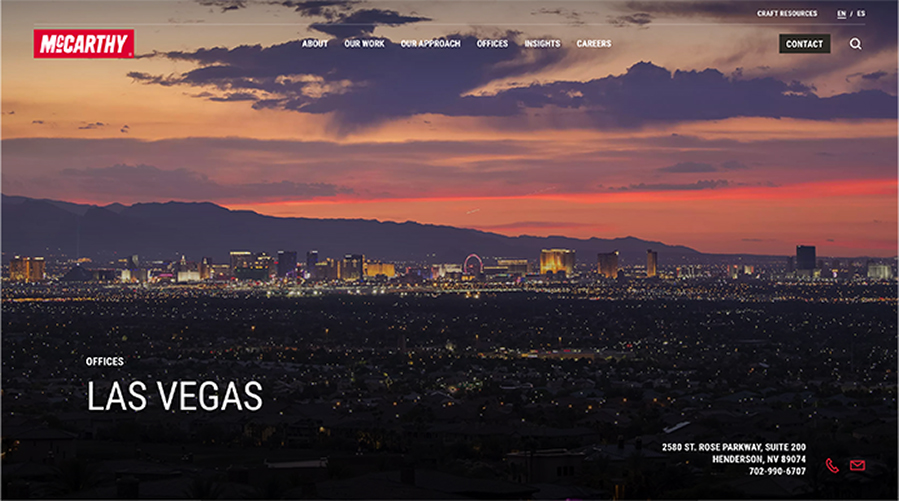
1. Business Websites
Business websites are designed to build trust and convert interest into action. They serve as a company’s digital home base—providing essential information, establishing credibility, and guiding visitors toward contacting you, booking a consultation, or learning more about your services.
Unlike e-commerce sites, business websites typically don’t process transactions directly. Instead, they serve to educate, build authority, and convert leads by encouraging user action through clear messaging and strategic design.
Purpose
To enable the sale of goods or services online, providing a direct-to-consumer (or B2B) experience that’s scalable, always accessible, and entirely owned by the business.
Key Features
- Clear Value Proposition: Immediately communicates who you are and how you help.
- Responsive Design: Ensures your site works smoothly across devices.
- Easy Navigation: Allows visitors to find what they need without frustration.
- Contact Information: Includes multiple ways to get in touch.
- Call-to-Action (CTA): Encourages actions like “Book a Call” or “Request a Quote.”
- Testimonials and Reviews: Provides trust through social proof.
- About Page: Builds connection through story and leadership background.
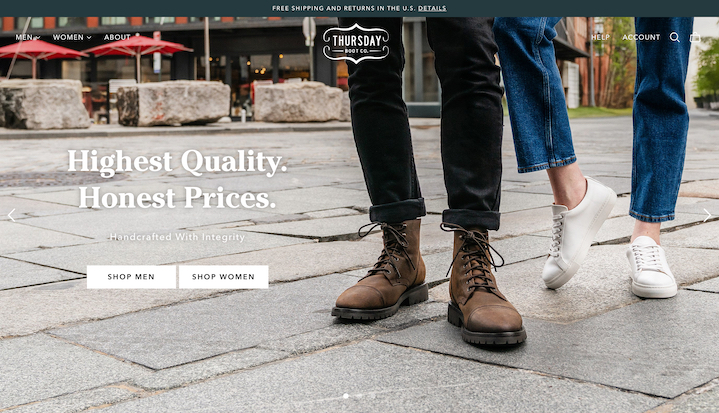
2. E-Commerce Websites
E-commerce websites are focused on selling. They allow customers to browse products, place orders, and complete secure transactions—entirely online. Whether you’re selling physical items, digital products, or services, an e-commerce site becomes your virtual storefront.
The key difference from a business website is that e-commerce sites include direct purchasing functionality. That means shopping carts, payment gateways, customer accounts, and other tools built for conversion and fulfillment.
Global e-commerce sales are projected to hit $6.56 trillion in 2025, highlighting just how much opportunity exists online for both new and established businesses (Shopify, 2024).
Purpose
To enable the sale of goods or services online, providing a direct-to-consumer (or B2B) experience that’s scalable, always accessible, and entirely owned by the business.
Key Features
- Product Listings: High-quality photos, engaging descriptions, and transparent pricing.
- Shopping Cart: Allows customers to add, remove, and review items before checkout.
- Secure Payment Processing: Use trusted gateways like PayPal, Stripe, or Apple Pay.
- Customer Accounts: Enable order tracking, saved preferences, and faster checkouts.
- Responsive Design: Ensures the site looks and functions smoothly on all devices.
- Search & Filter Tools: Help users find products quickly by category, price, or feature.
- Customer Reviews: Build trust through feedback and user-generated content.
- Promotions & Discounts: Easily set up coupons, flash sales, or loyalty incentives.
- Customer Loyalty Program: Reward repeat shoppers with points, perks, or exclusive access to foster long-term relationships.
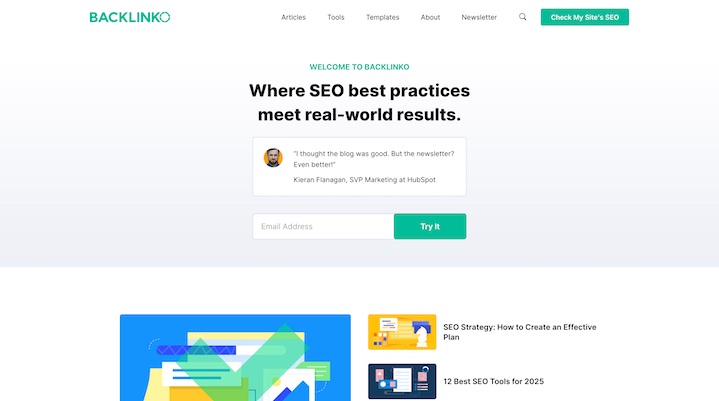
3. Blogging Websites
Blogging websites are ideal for sharing insights, commentary, or niche expertise. In recent years, businesses have leaned into blogging to increase visibility and build trust with their target audience. From SEO benefits to audience engagement, blogs continue to be one of the most powerful tools for growing a brand organically.
Purpose
To share information, express ideas, and build community around topics that matter to your audience.
Key Features
- Chronological Posts: Content displayed with the newest posts first.
- Categories & Tags: Helps organize and surface related content.
- Comment Section: Enables audience interaction and engagement.
- Search Bar: Allows users to find posts by keyword or topic.
- Email Subscriptions: Helps you grow and nurture your audience.
- Social Sharing Buttons: Amplifies your content’s reach.
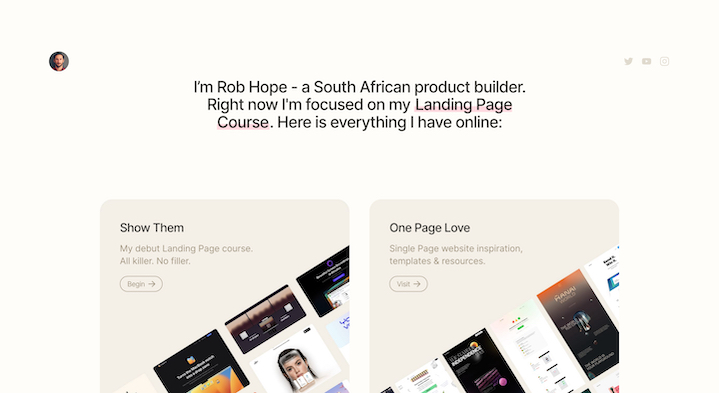
4. Portfolio Websites
Portfolio websites are visual resumes for creative professionals. They are designed to make a strong impression quickly and communicate the style and substance of your work. Clients and employers often use these sites to assess credibility and creative fit before reaching out.
Purpose
To highlight your best work and demonstrate your style, experience, and creative capabilities.
Key Features
- Gallery or Case Studies: High-quality visuals and project breakdowns.
- About Me/Us Page: Humanizes your brand and tells your story.
- Contact Form: Makes it easy for leads to reach out.
- Client Testimonials: Boosts credibility.
- Downloadable Resume or Media Kit: Optional but useful for certain professionals.
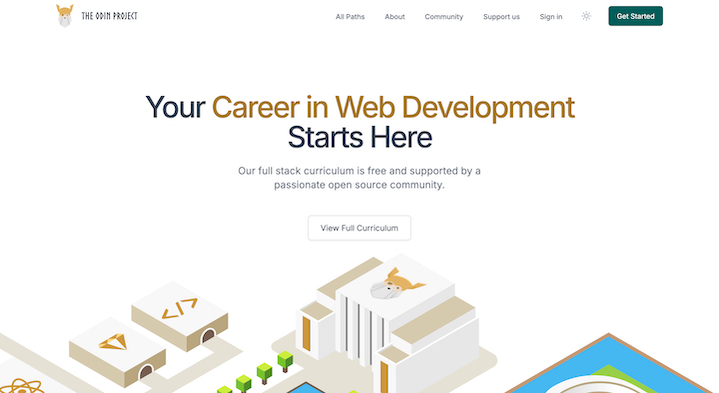
5. Educational Websites
Educational websites have expanded rapidly with the growth of online learning. These platforms now offer everything from self-paced tutorials to full degree programs. They must balance content delivery with user engagement and technical functionality.
Purpose
To offer educational resources, programs, or training to learners of all ages and levels.
Key Features
- Course Listings: Clear overview of topics and modules.
- Quizzes & Certificates: Tracks progress and offers validation.
- Student Dashboard: Personalized area to manage learning.
- Resource Library: Downloadable PDFs, videos, or worksheets.
- Community Features: Forums, peer discussions, or live chat support.
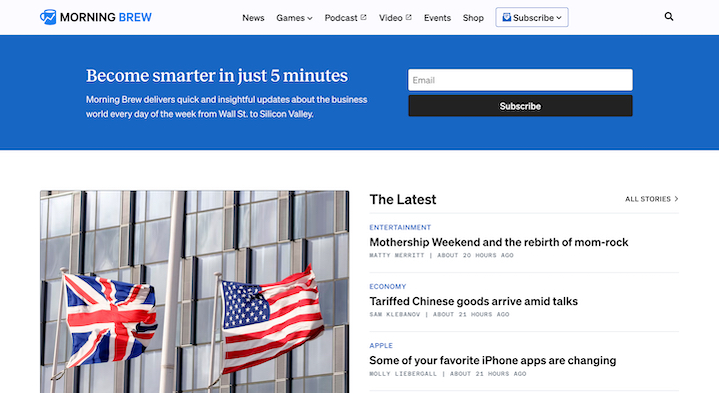
6. News and Media Websites
News and media websites serve as digital newsstands and broadcasting hubs. They must publish content rapidly while maintaining accuracy, trust, and clarity. Today’s media sites often incorporate multimedia content and interactive features to engage readers.
Purpose
To inform readers with up-to-date, credible, and well-organized news content.
Key Features
- Breaking News Banner: Highlights urgent or top-priority updates.
- Categories: Segments content by topic.
- Multimedia Support: Includes video, audio, and photo galleries.
- Searchable Archives: Offers historical access to previous articles.
- Newsletter Sign-up: Keeps readers coming back.

7. Nonprofit Websites
Nonprofit websites are vital storytelling and fundraising platforms. They help communicate a mission, demonstrate impact, and encourage people to get involved. The design should focus on emotional connection and making calls-to-action like “Donate” or “Volunteer” incredibly easy to find and use.
Purpose
To promote a cause, share organizational goals, and support fundraising or outreach efforts.
Key Features
- Mission Statement: Front and center.
- Donation Button: Simple and secure.
- Volunteer Sign-Up: Streamlined onboarding.
- Impact Reports or Stories: Showcases transparency and outcomes.
- Contact and Social Links: Encourages ongoing connection.
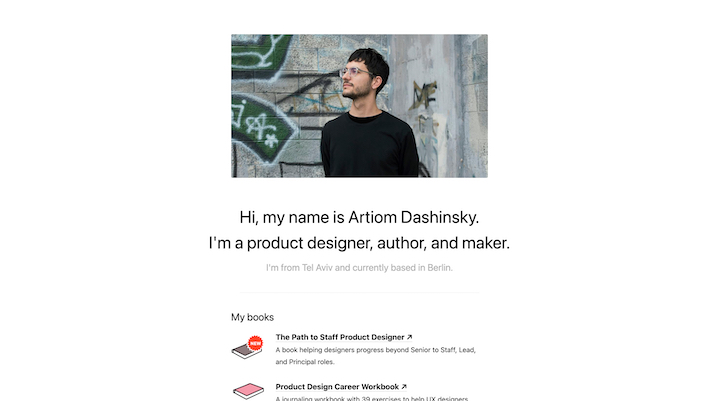
8. Personal Websites
Personal websites serve as a digital home base for an individual’s identity, whether professional or creative. From job seekers and speakers to influencers and creatives, these sites allow full control over how you present yourself. They’re especially helpful for SEO and professional networking.
Purpose
To showcase personal identity, experience, or projects in a curated, owned space.
Key Features
- Biography Section: Tells your story.
- Resume or Portfolio: Demonstrates capabilities.
- Blog or Journal (optional): Shares your voice.
- Contact Info: For professional inquiries or networking.
- Clean, Simple Design: Keeps the focus on you.
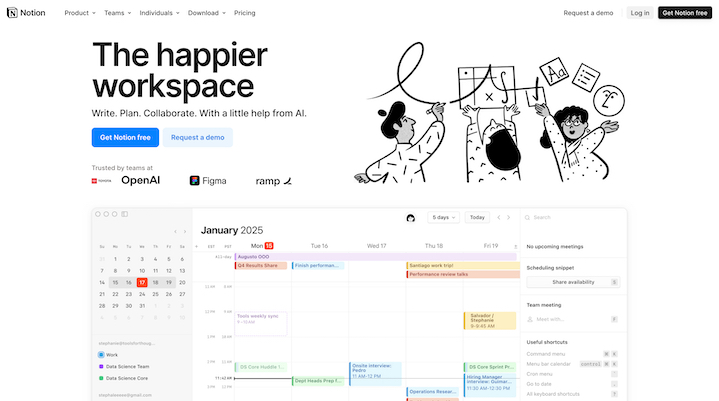
9. Membership Websites
Membership websites are designed to monetize exclusive content or community access. They typically require a user to register or subscribe to access premium content. This model works well for online educators, digital creators, private communities, and media publishers.
Purpose
To deliver exclusive value to paying or registered members, while generating recurring revenue.
Key Features
- Login/Registration System: Manages user access.
- Members-Only Content: Gated areas for premium material.
- Subscription Management: Billing and account access.
- Community Features: Chat rooms, comments, or private groups.
- Content Dripping: Schedule-based content releases.
Can You Combine Website Types?
Absolutely. Many modern websites combine elements from multiple types to better serve their audience. For example, a portfolio site might include a blog, or a business website may feature a small e-commerce section for selling merch or digital products.
What matters most is that you understand the core function of each type—so you can blend features with purpose, not just preference.
Conclusion
Choosing the right website type starts with knowing what you’re trying to accomplish. Each of these 9 website types is built around a different goal, structure, and audience.
You don’t need to feel overwhelmed or know exactly what you want. With the help of the Creative Grin team, we make the complex task of building a website simple and easy. If you have questions, don’t hesitate—reach out. We’re here to provide outstanding and friendly support.
Whether you’re a customer of ours or not, ask away. We want the best success for you and your business.

